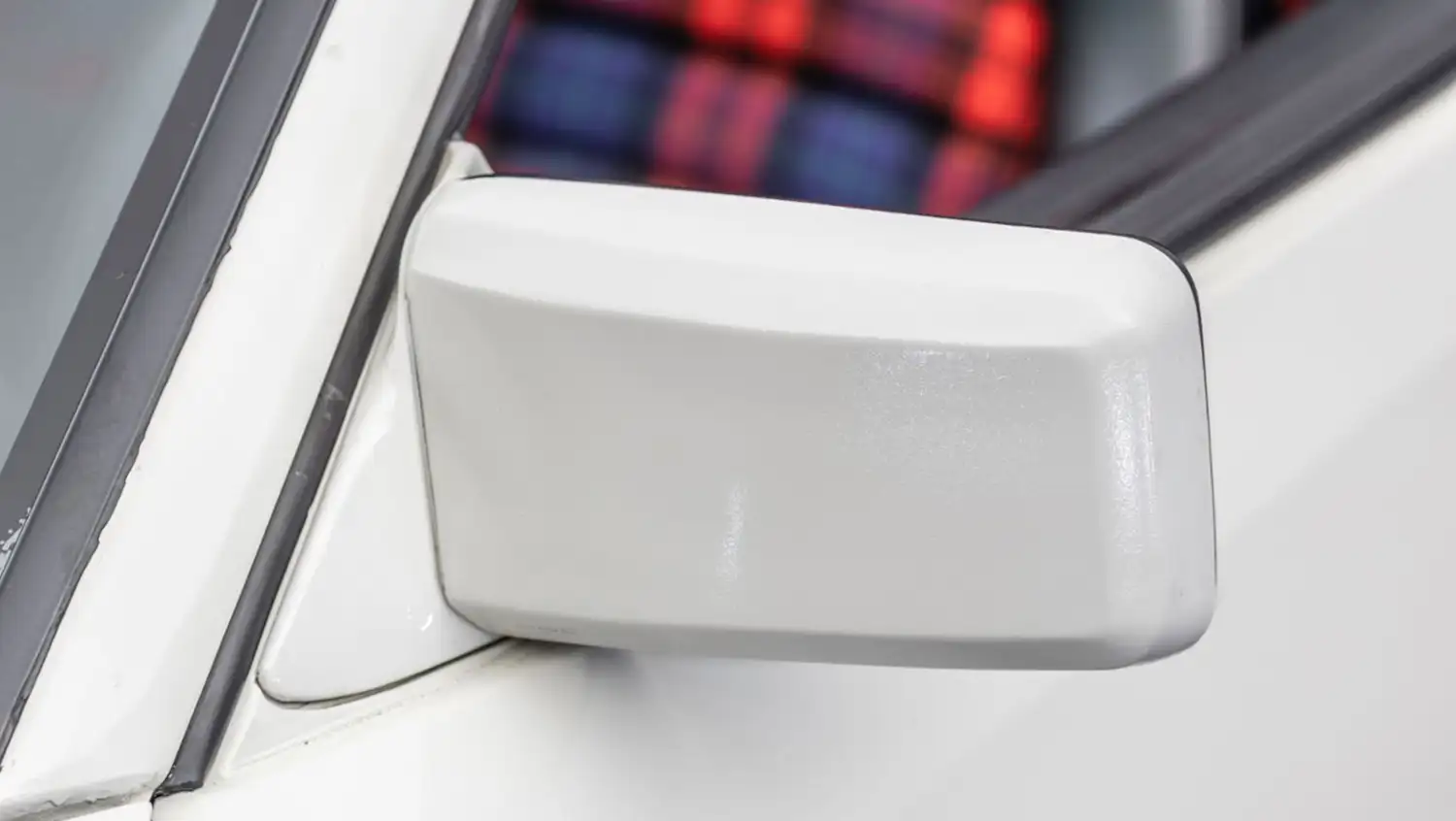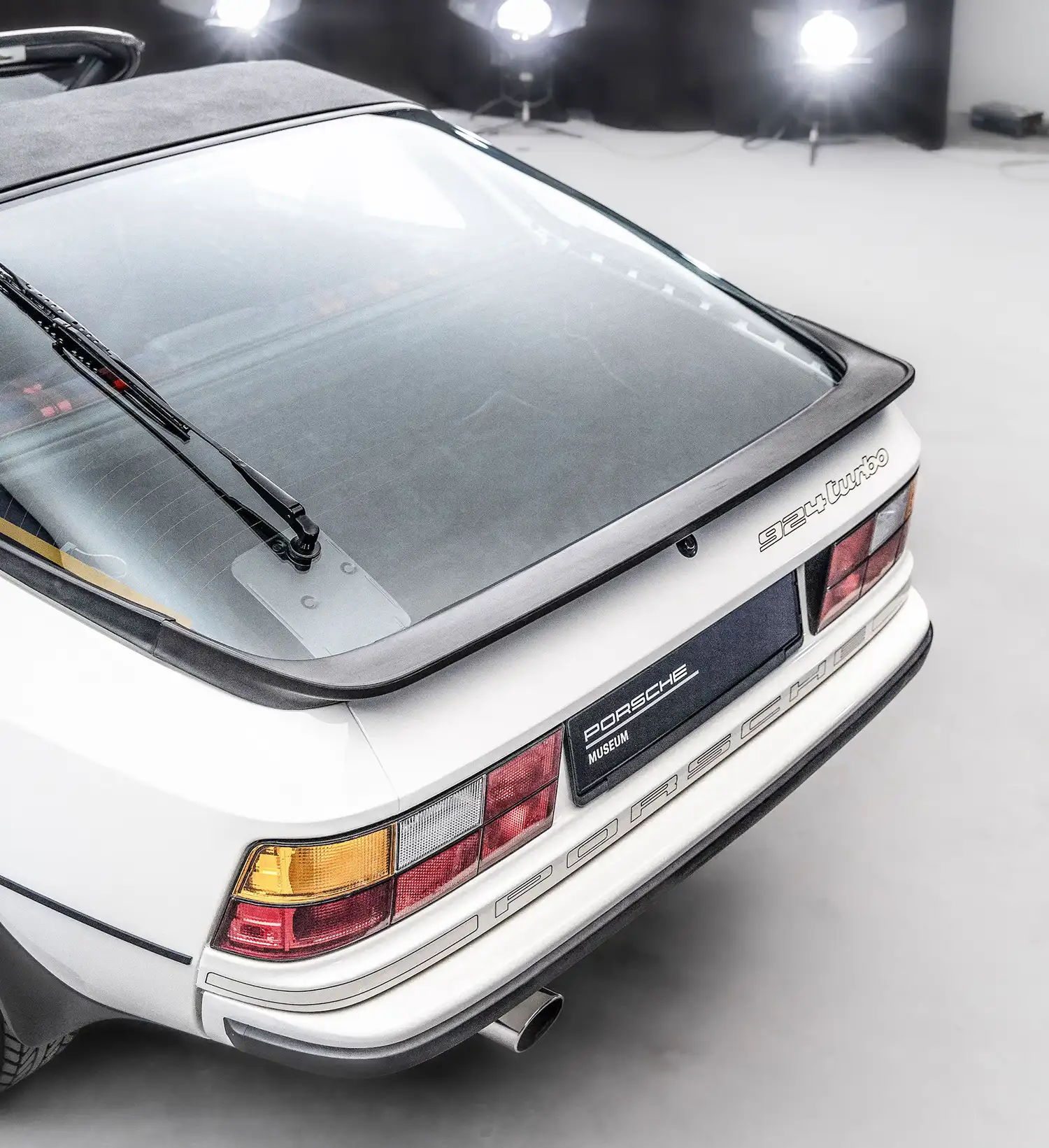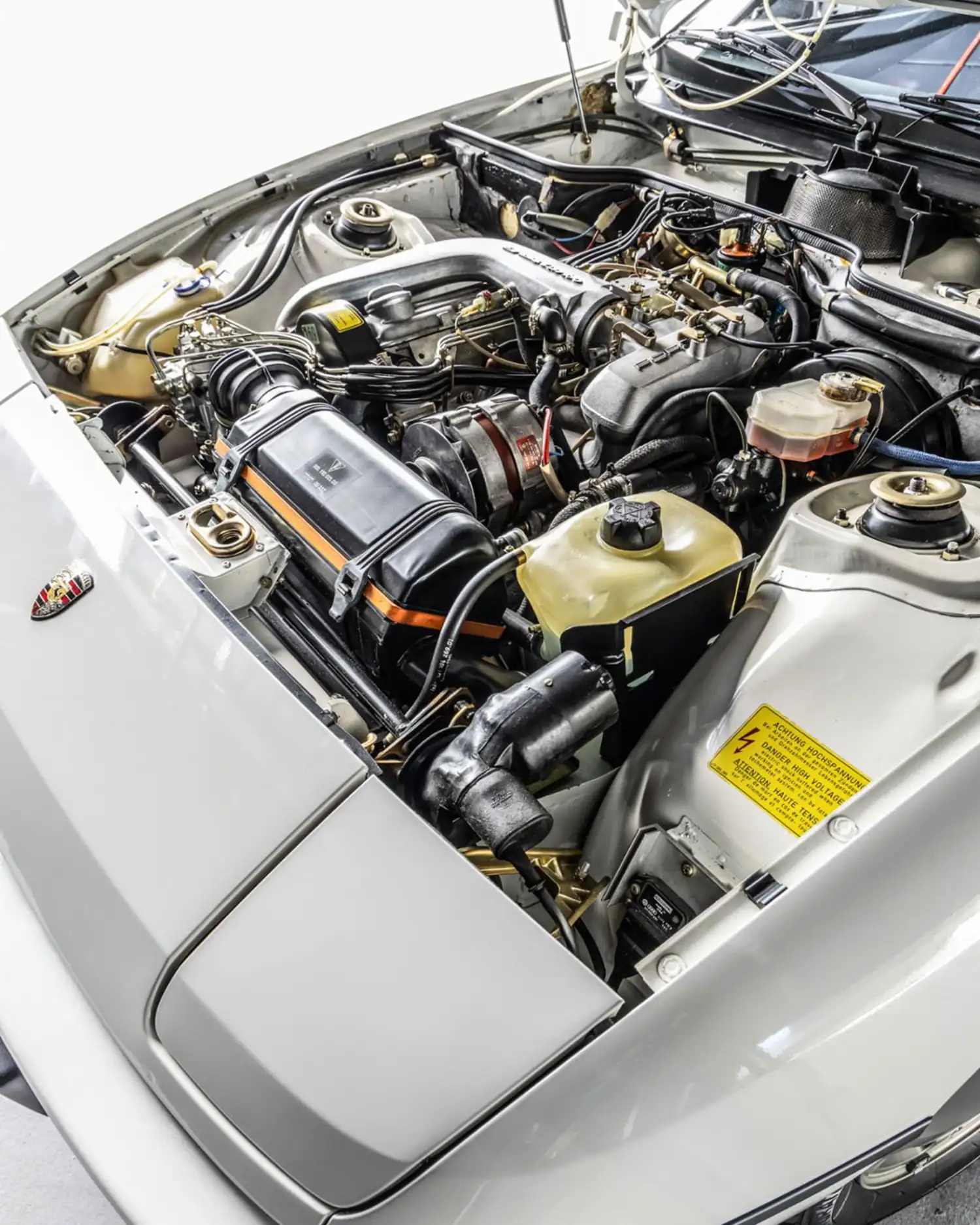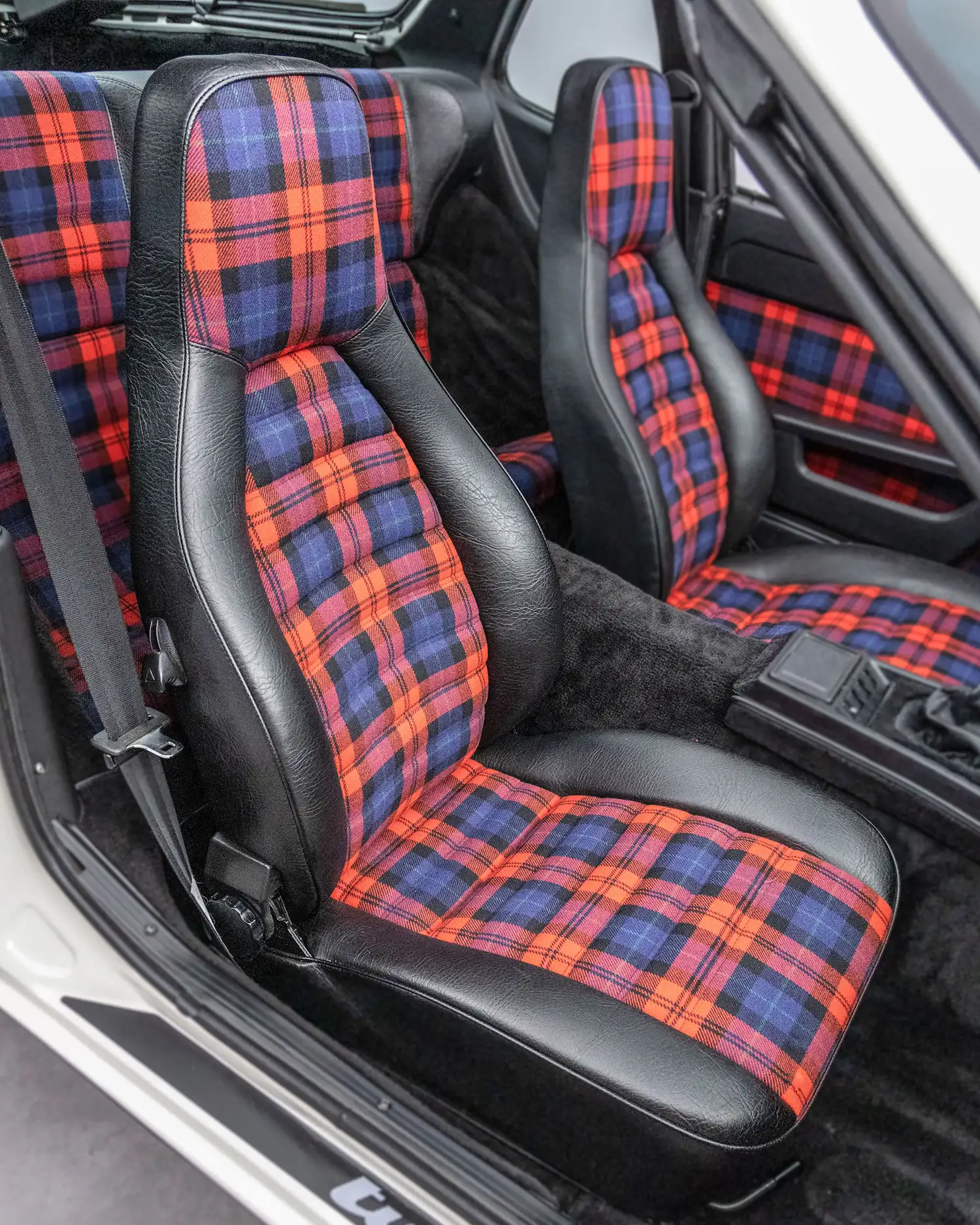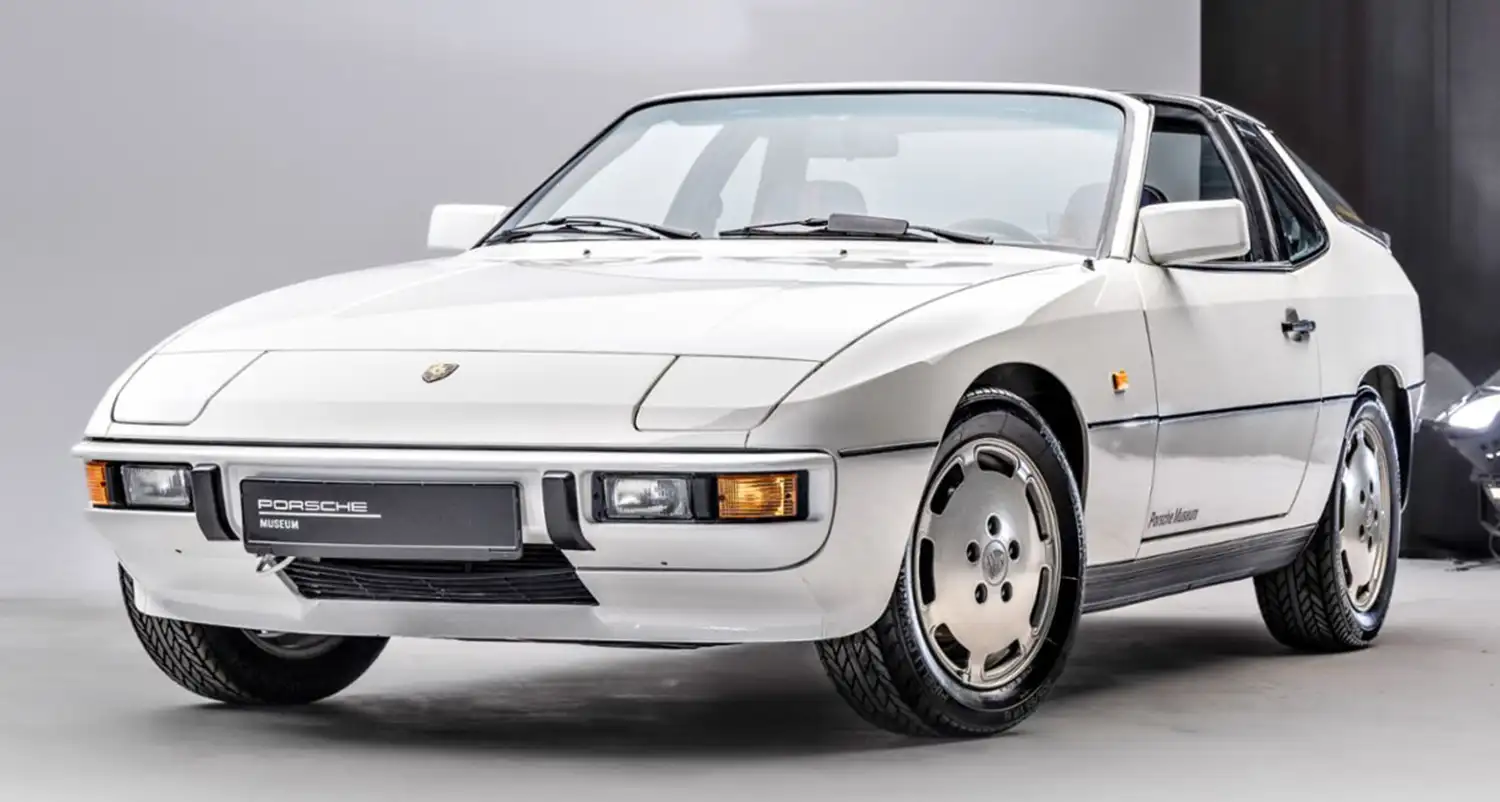
The feasibility study of the Porsche 924 Turbo Targa prototype explores the possibility of creating a Targa version of the 924, combining Porsche’s signature Targa bodystyle with the innovative turbocharged engine. While the Targa roof concept had already been successfully applied to the 911 and entry-level 912 models, it was never fully realized in Porsche’s transaxle models, which included the 924, 928, 944, and 968.
Historical Context
In 1977, Porsche embarked on the development of the 924 Targa in parallel with the completion of the 924 Turbo. The 924 Turbo, featuring a 2.0-liter turbocharged four-cylinder engine producing 170 PS, was a technological leap that aimed to offer an intermediate option between the 125 PS base model and the more powerful 911 SC. The Turbo’s appeal stemmed from its combination of transaxle handling and turbocharged performance.
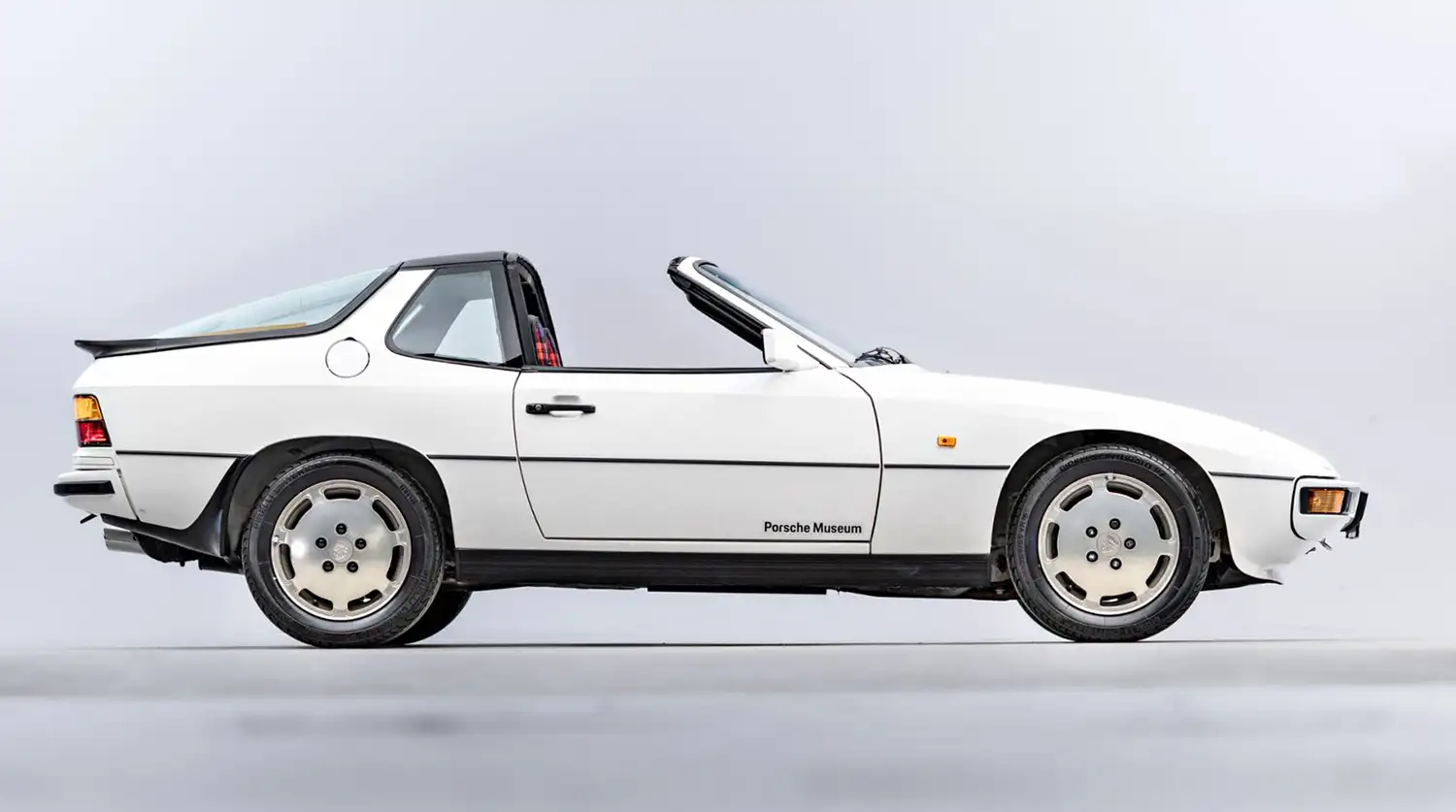
Given the success of earlier Targa models like the 912 and 914, Porsche explored the idea of a 924 Targa. The 924’s chassis was well-suited to increased power, and the Targa variant would have made logical sense as a sportier, open-top alternative. Development plans included both naturally aspirated and turbocharged versions of the 924 Targa, reflecting Porsche’s intention to expand the appeal of the model across different market segments.
Technical Development and Prototype
Development officially began in May 1977, with the designation Type 941 for left-hand drive and Type 942 for right-hand drive models. Designers considered several roof designs, including a classic Targa roll-over bar and a more innovative sliding glass roof. Ultimately, Porsche produced a prototype of the 924 Turbo Targa, featuring a manually removable roof section and maintaining the aesthetic integrity of the 924’s design.
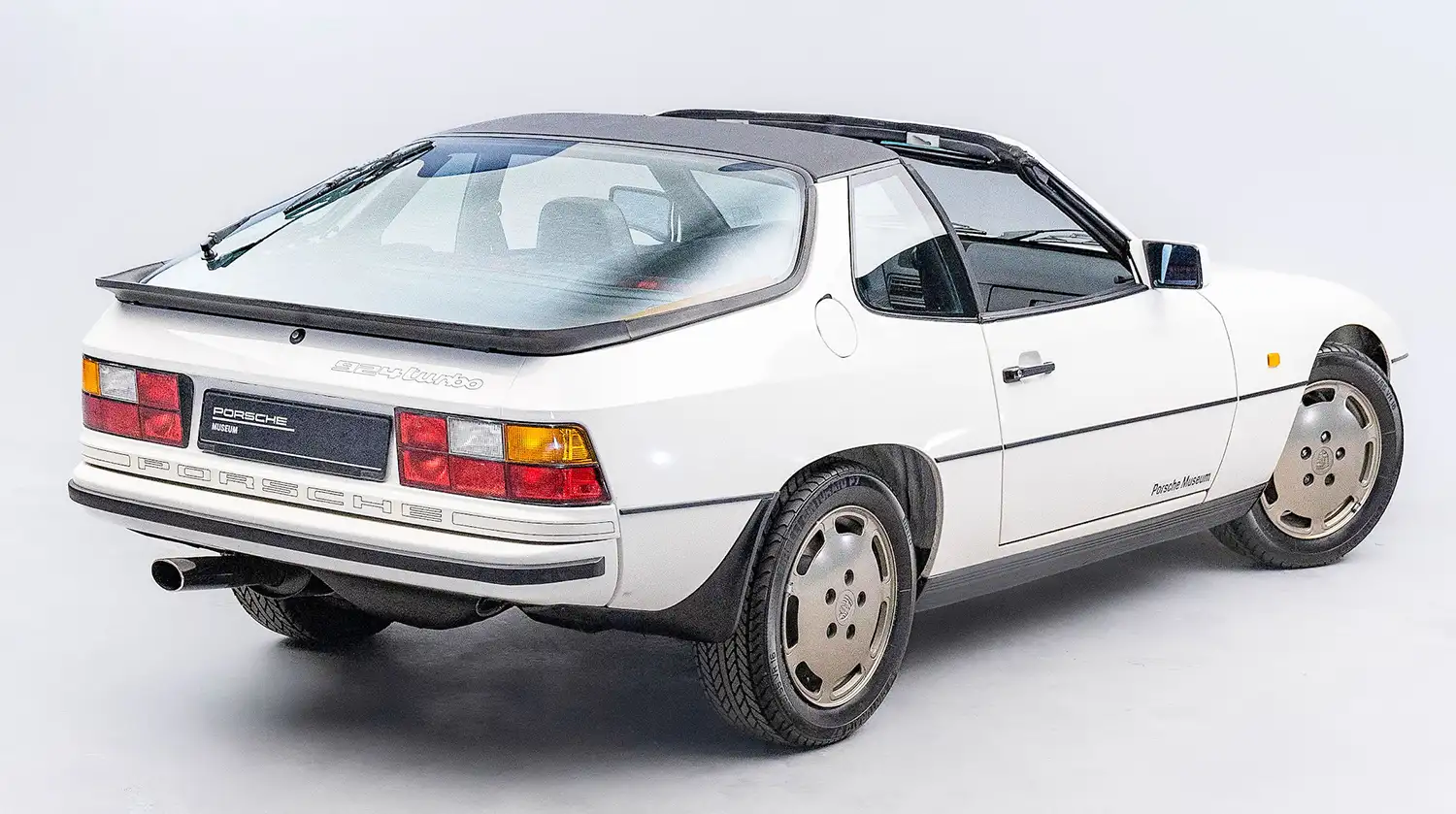
This prototype, completed in Alpine white, retained much of the 924 Turbo’s mechanical characteristics. It was powered by the same 2.0-liter turbo engine with KKK turbocharging, allowing it to produce 170 PS. The exterior was recognizable by the signature NACA ducts in the hood, five-spoke alloy wheels, and a distinctive polyurethane rear spoiler.
Challenges and Project Termination
Despite the promising design, the 924 Turbo Targa never reached production. There were several key obstacles:
- Cost of Development: Tooling and production costs for a Targa version of the 924 were deemed too high.
- Body Rigidity: The Targa configuration introduced concerns over the structural rigidity of the transaxle body, which would have required significant reinforcements.
- Market Considerations: By 1980, Porsche was already preparing the 944, which was seen as a more suitable candidate for a convertible version, offering improved performance and market positioning.
- Alternative Roof Concepts: Porsche also explored a sliding glass roof for the 924, similar to what would later be seen on the 911 Targa (993). However, technical difficulties with this design, including issues with rear visibility and mechanical function, further stalled development.
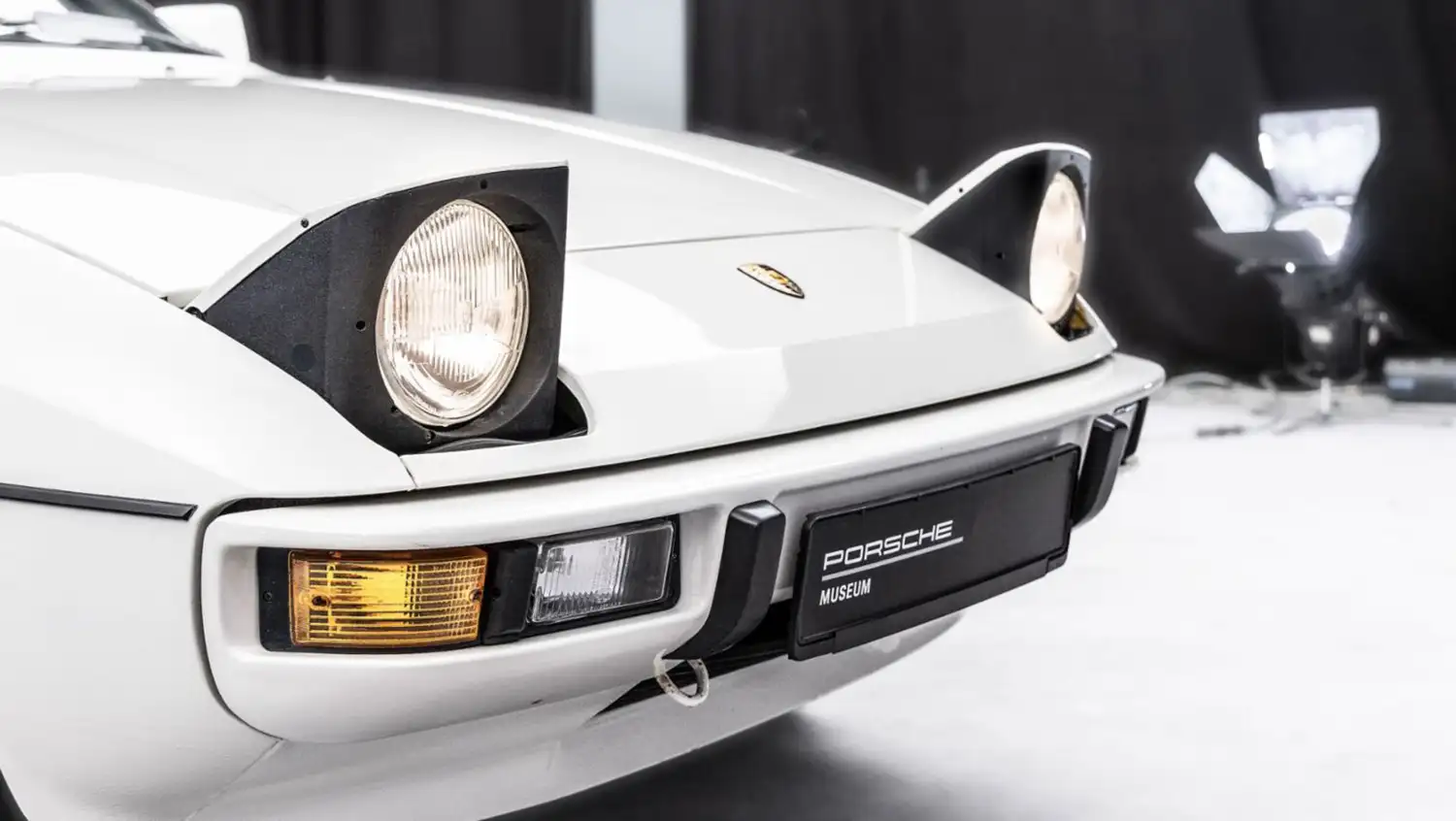
Conclusion
The Porsche 924 Turbo Targa prototype represented an ambitious effort to bring the Targa concept to Porsche’s transaxle series. Despite the technical feasibility of integrating the turbocharged engine with the Targa roof, the project ultimately faced insurmountable challenges related to cost, body integrity, and market strategy. The knowledge gained from this prototype, however, would later influence the development of the 944 convertible, which proved to be a more commercially viable alternative.
Though the 924 Turbo Targa never saw the light of day as a production model, its legacy persists as a unique part of Porsche’s developmental history. The prototype remains in the Porsche Museum as a reminder of the brand’s constant innovation and willingness to experiment with new configurations.
Source: Porsche
This Article use tools from Chatgpt
